Oak with holes in leaves
yewyew
15 years ago
Related Stories

FALL GARDENING5 Ways to Put Fall Leaves to Work in Your Garden
Improve your soil and yard the organic way with a valuable garden booster that grows on trees
Full Story
LAUNDRY ROOMSRoom of the Day: The Laundry Room No One Wants to Leave
The Hardworking Home: Ocean views, vaulted ceilings and extensive counter and storage space make this hub a joy to work in
Full Story
HOUSEKEEPINGQuick Fix: How to Patch a Drywall Hole
Dents and dings disappear, leaving your walls looking brand new, with this fix that even a novice can do
Full Story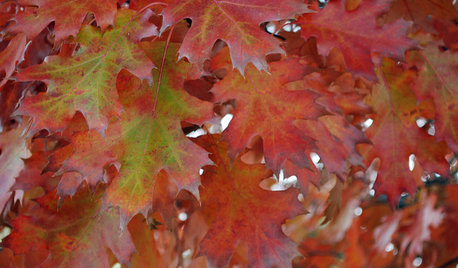
GARDENING GUIDES6 Healthy Ways to Handle Fallen Leaves
Once nature's beautiful bounty is spent, these ecofriendly strategies for leaves will put your yard in the clear
Full Story
GARDENING GUIDESWhat's Wrong With My Plant? Leaves Often Hold the Clues
Learn how to identify common plant ailments by reading their leaves
Full Story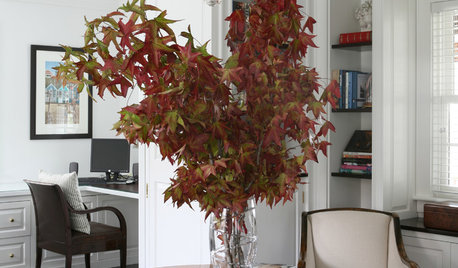
DECORATING GUIDES9 Easy Ways to Decorate With Autumn Leaves
Give your home a burst of color that can be used Halloween through Thanksgiving
Full Story
REMODELING GUIDESInterior Brick: Paint it or Leave It?
Here's how to know if covering that brick is a sin or solution
Full Story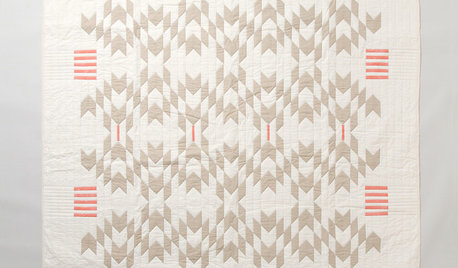
PRODUCT PICKSGuest Picks: Get Summer Camp Style Without Leaving Home
Create a relaxed, outdoorsy feel with a touch of nostalgia, by bunking with these games, artworks and accessories
Full Story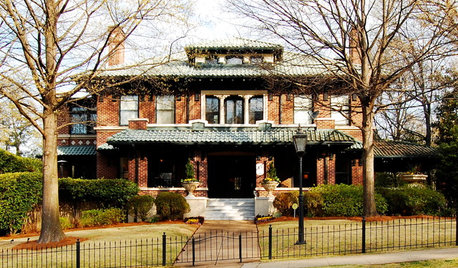
ARCHITECTUREStates of Style: Alabama’s Icons Leave Their Mark
In the first of a new series, discover the natural beauty, the architectural icons and some of our favorite homes deep in the heart of Dixie
Full Story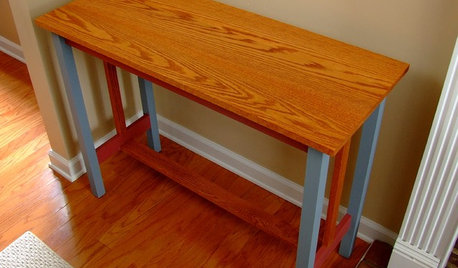
DIY PROJECTSPocket Hole Joinery, the Beginning Woodworker's Best Friend
Make a wide range of sturdy wooden pieces with just this little bit of know-how
Full Story






pineresin
Casia
Related Professionals
Brookfield Landscape Contractors · New Berlin Landscape Contractors · Parkland Landscape Contractors · Santa Ana Landscape Contractors · Vadnais Heights Landscape Contractors · Agoura Siding & Exteriors · Fairfax Siding & Exteriors · West Bloomfield Township Siding & Exteriors · Brooklyn Park Decks, Patios & Outdoor Enclosures · Draper Decks, Patios & Outdoor Enclosures · Fort Myers Decks, Patios & Outdoor Enclosures · Framingham Decks, Patios & Outdoor Enclosures · Medford Decks, Patios & Outdoor Enclosures · Roseville Decks, Patios & Outdoor Enclosures · Laguna Beach Stone, Pavers & ConcreteyewyewOriginal Author
Casia
yewyewOriginal Author
Casia
calliope
yewyewOriginal Author
HU-155804568